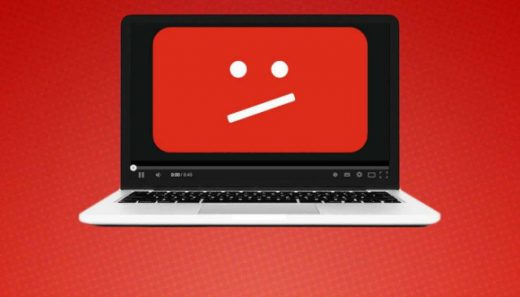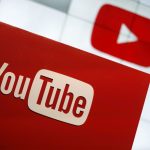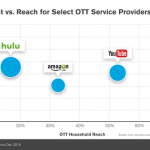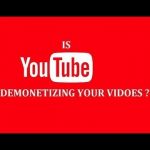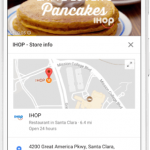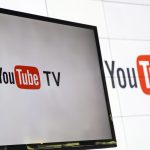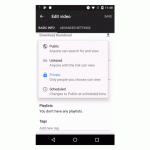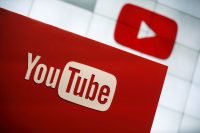YouTube’s Advertising Problems
— March 23, 2017
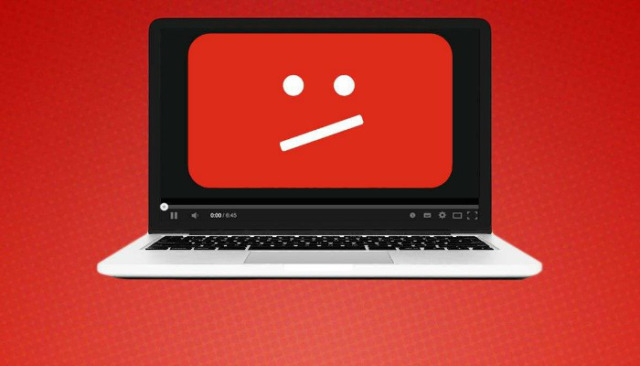
Google-owned YouTube has had a pretty busy couple of weeks. And it’s all about advertising and just how tricky it can be.
The first issue that they faced was over a newspaper investigation which found that UK government paid advertising was being run alongside extremist content. Very embarrassing at best and at worst a very expensive mistake: some big hitters (Verizon, AT&T) have suspended their YouTube advertising spend at least for the time being. And these budgets are in the hundreds of millions of dollars – enough to impact the Google share price by $ 25bn in less than a week.
The second issue that YouTube faced was some controversy around its relatively new ‘restricted mode’. Restricted mode is a filter which can be turned on within YouTube to filter out potentially mature content that you may not wish someone in your family to see. Sounds like a reasonable idea – but how does it work? How can YouTube tell what content is offensive and what isn’t? It is very difficult, even for the big brains over at Google. When the panic was reaching its peak over the first issue mentioned in this blog, restricted mode seemed like a great idea. But it soon started adding a lot of LGBTQ into restricted content, for which it rightly attracted a lot of criticism.
How can YouTube / Google start to get control of the situation and move forward in light of this very difficult period? I think there are four areas to consider:
- More control over the type of content on YouTube: This is a really difficult one, but one that YouTube needs to step up to. It needs to either define what content is inappropriate (where is the line between freedom of speech and hate speech?) or flag content very clearly that should be restricted – for users as well as advertisers
- Balance between meeting the needs of content creators and advertisers: YouTube is stuck in the middle but needs to listen to the needs of both – without either, the website will face even more troubles ahead
- The Google Display Network needs to be tightened up: Advertisers need to be able to clearly define who they are looking to engage with and YouTube needs to be able to deliver against that brief. There will always be a bit of a leap of faith for an advertiser, but running the risk of having your advert appear before an extremist video is a leap to far
- YouTube needs to clarify what Restricted Mode is all about. It came to prominence as a knee-jerk reaction to the advertising controversy and what they saved in time, they paid for in good-will from viewers and content creators. Clearly explaining what is being hidden and why would go a long way to resolving this.
What do you think that YouTube and Google should do to resolve these pressing issues?
Image via the fantastic howstuffworks.com
Digital & Social Articles on Business 2 Community
(55)

